Contents
Carrots are a favorite vegetable of adults and children. Almost no dish is complete without bright carrots. And juice is considered a pantry of vitamins and, most importantly, a supplier of carotene. How to grow such a useful root crop at no extra cost? You need to decide on the planting date, choose a good variety and familiarize yourself with the nuances of agricultural technology. Carrots are divided into three groups according to ripening time:
- precocious;
- mid-season;
- late-ripening.
Mid-season carrots deserve special attention, the varieties of which are sown in late spring or summer.
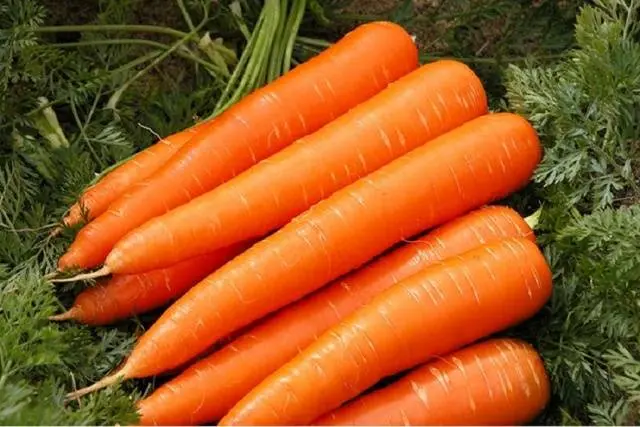
Such root crops do not coarsen, are well stored and are suitable for winter consumption. Sow seeds in late spring (May) – early summer (June) in moist soil. In dry weather, the soil will have to be moistened additionally.
When growing mid-season varieties, some features should be considered:
- Slow emergence. During this period, increased dryness of the air leads to the appearance of a crust on the soil surface and numerous weeds. Experienced gardeners mix carrot seeds with lighthouse crops. This is the name of the plants that will sprout very quickly and mark the rows. These include lettuce, radish (in small quantities).
- Mandatory weeding and loosening of row spacing during seed germination. If the soil is loose, but there are a large number of weeds, then weeding is carried out. If a crust has formed, and there are few seedlings, careful loosening of the row spacing. This has a beneficial effect on the development of root crops. The first loosening is best done a week after the first shoots are noticed (depth 6-8 cm), the second time – two weeks after the first.
- Row thinning with thick seeding.
Otherwise, the cultivation of mid-season varieties is similar to other types of carrots.
Choosing the best variety
Experienced gardeners try to select varieties that are ideal for the site. After all, the composition of the soil, climatic conditions, illumination can vary significantly. A variety of modern species makes it easy to determine the best for each request. There is an average carrot, which is well stored, there is one that bears excellent fruit and does not bloom. Therefore, we will try to consider the most popular ones.
“Vitamin”

Another name is “Vitamin 6”. Carrots are ready for harvest 90-100 days after germination. All mature roots of the classical form. For carrots, this is a cylinder, in this variety it also has a blunt tip. They are almost completely immersed in the ground, reach a length of 15 cm and weigh an average of 160 g. They have a beautiful orange color, a small core and tender flesh. The core occupies no more than 20% of the root diameter, it can be round or star-shaped.
Has excellent taste. Such carrots are ideal for making juices and culinary dishes, as well as canning. Advantages:
- high productivity (reaches up to 1 kg of vegetables per 8 sq. m);
- stem resistance;
- almost not affected by rot.
The disadvantage is the tendency to cracking of root crops. But, with proper care, this can be completely avoided. The variety is very common, cold-resistant, suitable for sowing for the winter. In this case, it gives an earlier harvest.
Boltex
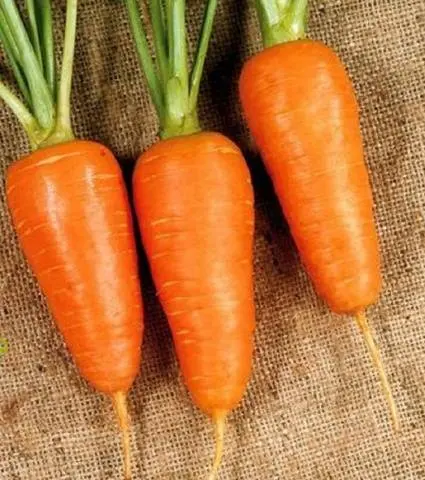
Good reliable variety. Harvest is taken 110-120 days after the seeds germinate. Root crops differ in smoothness and an equal form of a cone. They have a rich orange color, length up to 16 cm and a weight of about 350 g. Gives an excellent harvest on all types of soils, even on heavy chernozems. The advantages of the variety are:
- increased content of carotene;
- resistance to shooting and coloring;
- excellent taste and aroma of root crops;
- high yield;
- good trade dress and transportability;
- storage capacity (holds up to mid-winter).
Sowing seeds is carried out according to the scheme 20×4 and up to 2 cm deep. The Boltex variety is suitable for growing under cover and directly in open ground. Root crops are enjoyed fresh by adults and children, and they are also used for processing and storage.
“Incomparable”
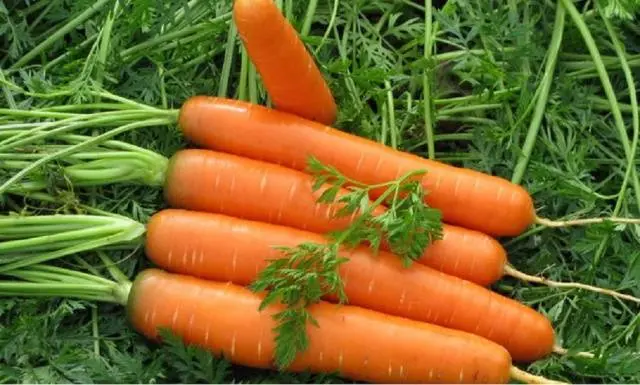
Selective variety of large carrots. Differs in high productivity and keeping quality. The variety got its name for its high carotene content and nutritional value. Before harvest after sowing, 130 days pass. The plant is distinguished by a medium-sized semi-erect rosette. Root crops protrude slightly above the soil, pull out well, which greatly facilitates harvesting.
The color of the root crops is bright orange over the entire surface and core. In commercial ripeness, the length of the vegetable reaches 17 cm, diameter – 5 cm, weight – 210 g. The yield of the variety is high – up to 7,2 kg per 1 sq. m. Advantages:
- resistance to cracking and coloring;
- drought tolerance;
- excellent taste qualities.
Requires additional irrigation of the soil. Autumn sowing increases yield.
“Chance”

Popular mid-season variety. Root crops are very good in any form – fresh, processed, canned. They are orange-red in color, cone-shaped, but with a blunt tip. They grow to a mass of 200 g and a length of 20 cm. The pulp with a large core has a pleasant aroma, sweet taste, and perfect juiciness.
Recommended for baby food. Valued for its ability to long-term storage. Before sowing, it is desirable to treat seeds with a growth stimulator, which will increase productivity and accelerate the ripening of root crops.
The usual ripening period is 120 days. The sowing depth of seeds is 3 cm, the classical scheme is 20 x 4 cm. It grows well in illuminated areas of loose fertile soil.
“Nantes 4”

Mid-early breeding variety. The crop is harvested already 85-100 days after the seeds sprout. Designed for outdoor cultivation and has high plasticity to growing conditions. Root crops are cylindrical with a slightly concave head.
In the period of ripeness, it acquires a greenish or purple color. The core is round and small. The pulp is juicy and tender, sweet with a high content of carotene. Productivity is high – up to 6,5 kg / m². It is perfectly stored, during the storage period it is not affected by mold and rot. Carrots are valued for:
- high content of carotene;
- preservation of taste qualities in the winter;
- quality trade dress;
- excellent seed germination.
In the stage of technical ripeness, the roots slightly protrude above the ground. It is desirable to grow on a plot with deep plowing. This allows you to get beautiful root crops. It is considered an excellent variety for resistance to flowering and disease.
“Moscow winter”
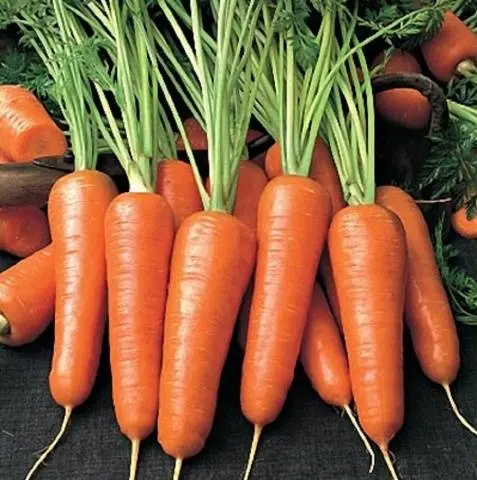
A very common variety. It has good reviews for stable high yields. After 100 days, carrots are at the stage of technical ripeness. The shape of the roots is conical with a blunt tip. The length of one carrot reaches 16 cm, weight – 175 g.
On the root crop there may be filiform lateral roots in small quantities. The vegetable is completely submerged in the ground. Productivity is good – up to 7 kg per 1 sq. m. It is perfectly stored in the winter for a long time. Recommended for outdoor cultivation in all climatic zones.
“Losinoostrovskaya 13”
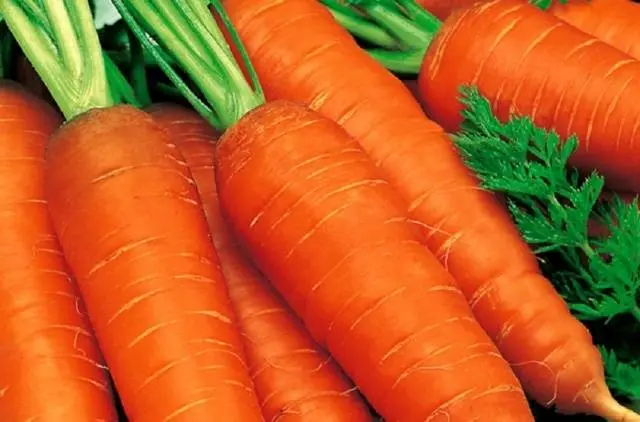
It is resistant to cold, so it is successfully grown in cold regions. The second unique property of carrots of this variety is the ability for long-term storage without loss of nutritional value and taste. The amount of carotene decreases very slightly even when root crops are boiled.
It has an orange-red color and a small core. The weight of one carrot is 120 g, the length is 15 cm. The immersion in the soil is complete, the resistance to flowering is good, the yield is high (7,7 kg / m²). After 100-120 days, the root crops are completely ready for harvesting. Used both fresh and canned. Handles processing well. Recommended for all types of sowing – spring and winter. It can be grown under film cover and in open ground. The variety is demanding on the regularity of watering and good lighting. It is recommended to fertilize the soil before sowing.
Mid-season hybrid varieties
“Viking F1”
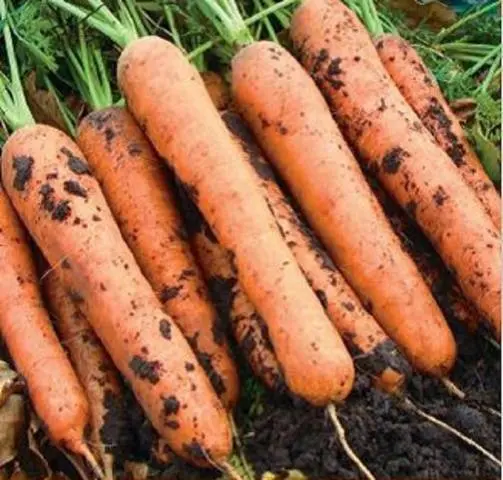
Recommended for outdoor cultivation. Ripening period – 115-130 days. Root crops are orange in color, cylindrical in shape, up to 20 cm long. The pulp is juicy, bright, with good taste. The mass of one carrot reaches 170g. Valued for:
- excellent storage capacity;
- high yield (up to 9 kg per 1 sq. m);
- disease resistance.
It can be used fresh and processed, suitable for canning. A feature of the hybrid is its excellent storage capacity, which is very valuable for mid-season varieties of carrots. Sowing of seeds is carried out in March to a depth of 1,5 – 2 cm according to the scheme 20×4 cm. Cucumbers, onions, early potatoes, tomatoes and cabbage are considered the best predecessors.
“Altair F1”
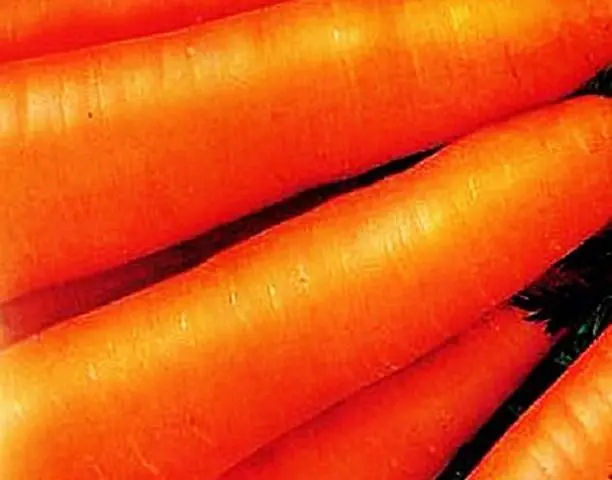
Mid-season hybrid with full immersion of root crops in the soil. Has excellent taste qualities and ability to storage. Cylindrical carrots with a blunt tip. has a high content of carotene and dry matter. The mass of one vegetable reaches 170 g, the core is rounded orange.
It is exacting to light, friability and fertility of the soil. Sowing is carried out in rows with a distance of 15 cm to a depth of 1 cm. Seeds begin to be sown in late April – early May. The crop is harvested after 100 – 110 days. The total yield is 7,5 kg per 1 sq.m. The hybrid was bred with medium resistance to gray and white rot, as well as phomosis. A feature of the variety is cold resistance. Has excellent commercial qualities.
“Callisto F1”
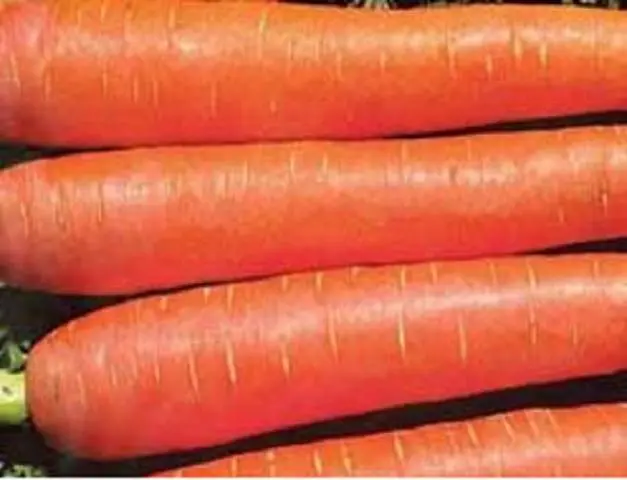
A hybrid with a high content of carotene and excellent taste. Root crops are practically without a core, have a cylindrical shape, intensely orange in color. The surface is smooth, the length of one vegetable reaches up to 22 cm. It is used fresh and is also suitable for storage, processing and canning. Due to the high content of nutrients, it is recommended for baby food and people with visual impairments.
“Nellie F1”
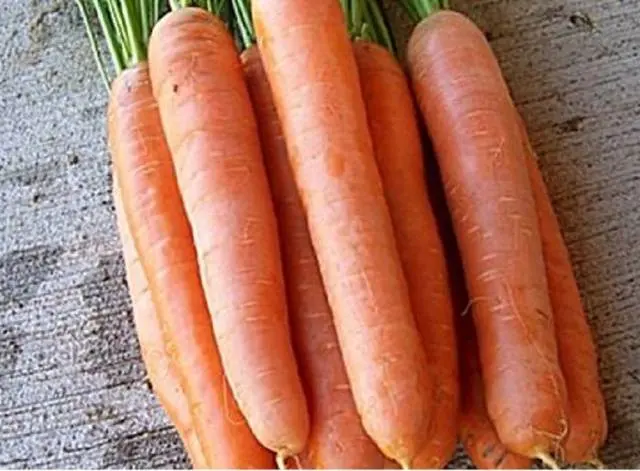
It is considered a mid-early variety for growing in household plots and farms. Very good for early production and storage. It is used fresh in cooking and diet food, as well as for freezing and processing. Root vegetables are ready for harvest 90 days after germination. They have a good length – up to 25 cm, weight – 110 g, root type – a cylinder with a pointed tip. The taste of carrots is excellent. The variety is demanding on soil fertility. It is recommended to grow on high ridges. The yield is stable – up to 6 kg / m². The peculiarity of the variety is the good evenness of the fruit.
“Nectar F1”
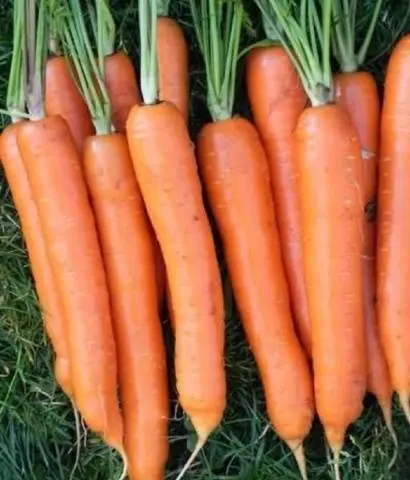
A modern hybrid of mid-season carrots. Very high-yielding variety with large, even roots. One carrot reaches a size of 22 cm and a weight of 200 g. The core is small, bright orange, has the same color as the pulp. Root crops are juicy, tasty, resistant to cracking, breaking off and diseases.
The variety is very popular for its worthy qualities. It can also be grown to obtain beam products. In this case, it is necessary to start sowing from mid-April or to carry out winter sowing at the end of October. If carrots are intended for storage, then the deadline is postponed to the end of May. Sowing seeds is carried out immediately in the ground to a depth of no more than 1 cm with a row spacing of 25-30 cm. In order for the root crops to reach their maximum size, the seedlings are thinned out, leaving at least 2 cm between plants.
Conclusion
Mid-season varieties of carrots are the most popular. They allow you to grow early products and capable of long-term storage. You can adjust the appointment by the landing time. At the same time, such varieties are excellent for winter sowing. They withstand low temperatures, spring shoots appear earlier than spring and the crop can be harvested in early summer.









